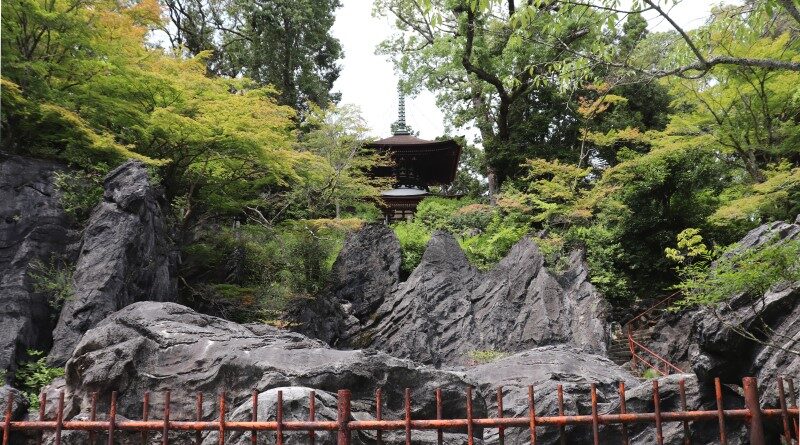
Ishiyama-dera Temple: Shiga’s Most Beautiful Temple
Lake Biwa is the gem of Shiga Prefecture. Scores of tourist come there throughout the year to enjoy fishing, boating, and jet skiing but it is important not to forget that the prefecture is full of historic sites and many Japanese National Treasures. One such place is Ishiyama-dera, just south of Lake Biwa.
Temple Grounds
According to its own records, Ishiyama-dera dates back to 8th century when the monk Ryoben[良弁], was ordered to pray to find gold to make Daibutsu (the Daibutsu of Todai-ji Temple).
First, Ryoben went to pray in Yoshino, where the god there told him to go to Ishiyama and to bring with him a statue of Kannon Bosatsu. When he arrived in Ishiyama, Ryoben had a vision telling him to dig for gold in Tohoku.
Ryoben sent word to the emperor, who sent his men to dig at the specified location, where they did indeed find gold. Later, when Ryoben went to move the Kannon statue, it refused to budge. So, he decided to enshrine it in Ishiyama-dera.
Ishiyama-dera is also 13th of Saigoku 33 Kannon Pilgrimage!
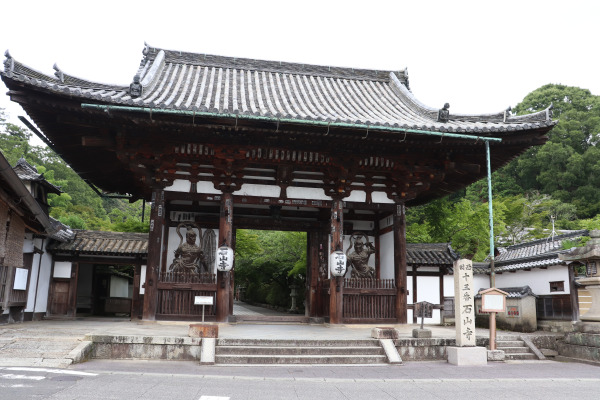
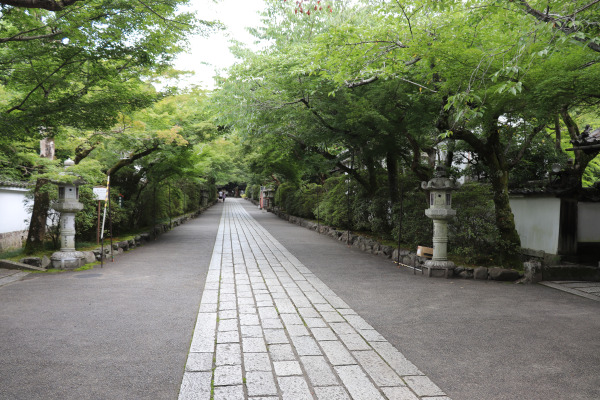
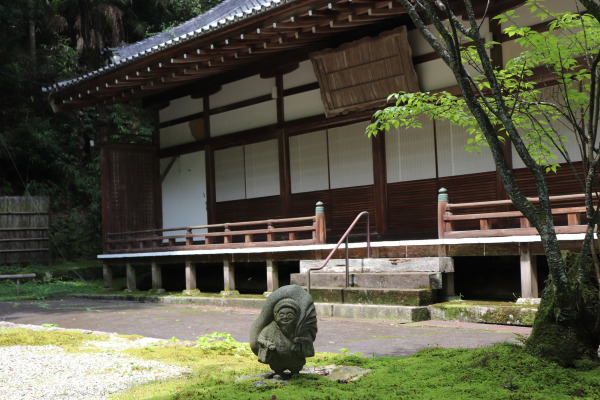
Upon entering the temple, you quickly notice the abundance and variety of rocks at the temple grounds. I guess the temple really lives up to its name (ishi [石] is Japanese for stone). The most eye-catching rocks in the temple are the big wollastonite stones on which much of the temple stands.
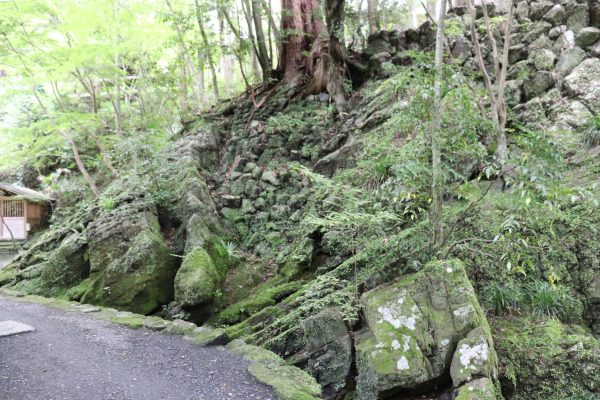
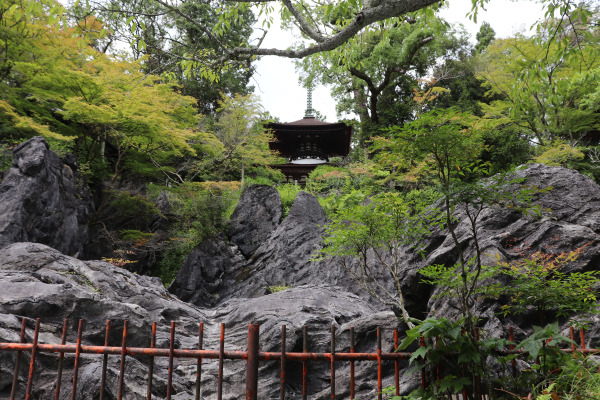
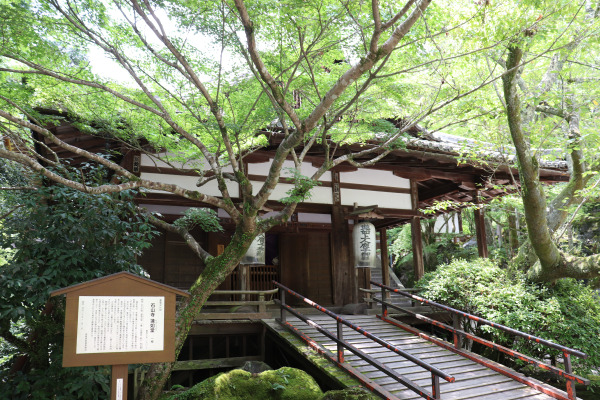
Hondo
Ishiyama-dera’s hondo (main building) is quite large and the oldest building in the entire prefecture, but unfortunately, it is a bit hard to see the entire building, as it is in the corner of the temple. It enshrines a 3m tall Nyoirin Kannon statue, which sits cross-legged deep in thought. If you are able to get a glance at it you are in luck!
The main statue is normal closed to the public, but once every 33 years*, the temple allows visitors to come and behold its precious idol.
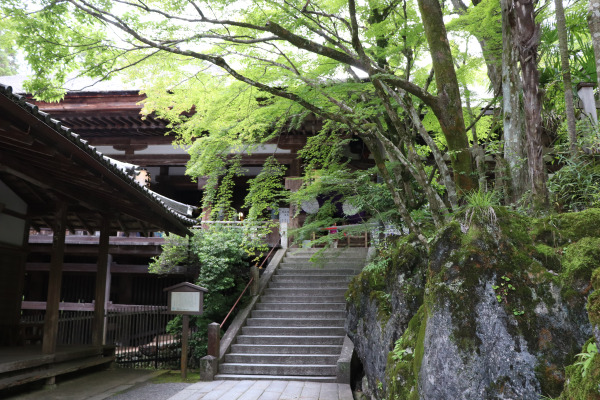
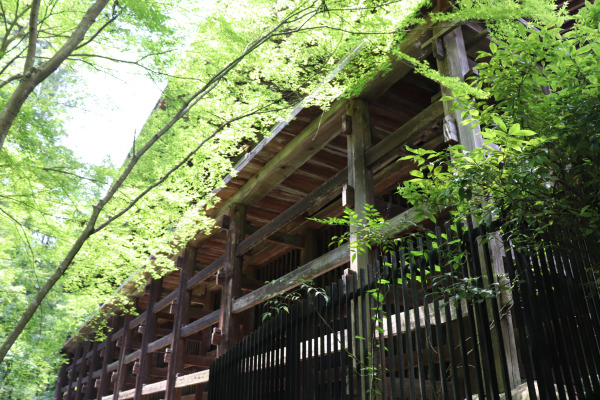
Tahoto: the oldest tahoto pagoda in Japan
At the top of a short staircase just above the hondo is Ishiyama-dera’s tahoto.
Tahotos are a common sight at Shingon Buddhist temples throughout Japan and are easily distinguished by their square-shaped base and rounder second tier. Ishiyama-dera’s tahoto is particularly famous, as it is the oldest existing one in the country.
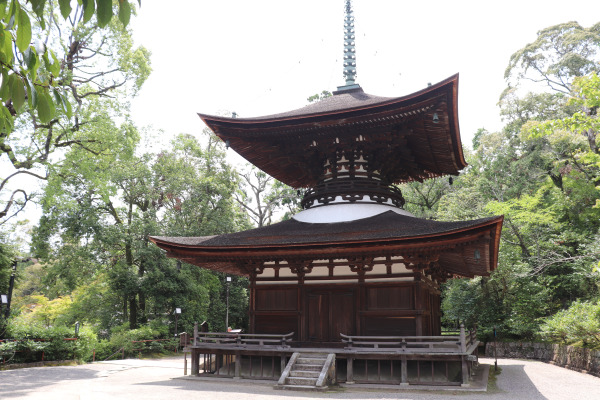
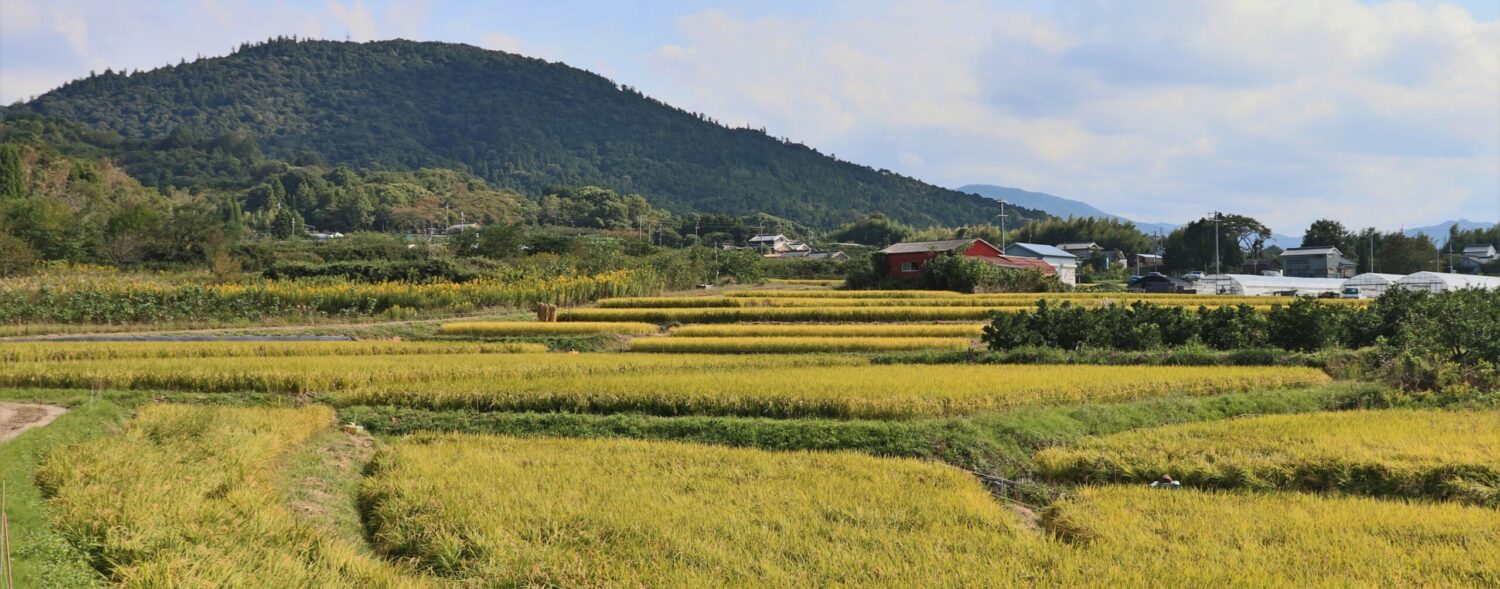
Leave a Reply